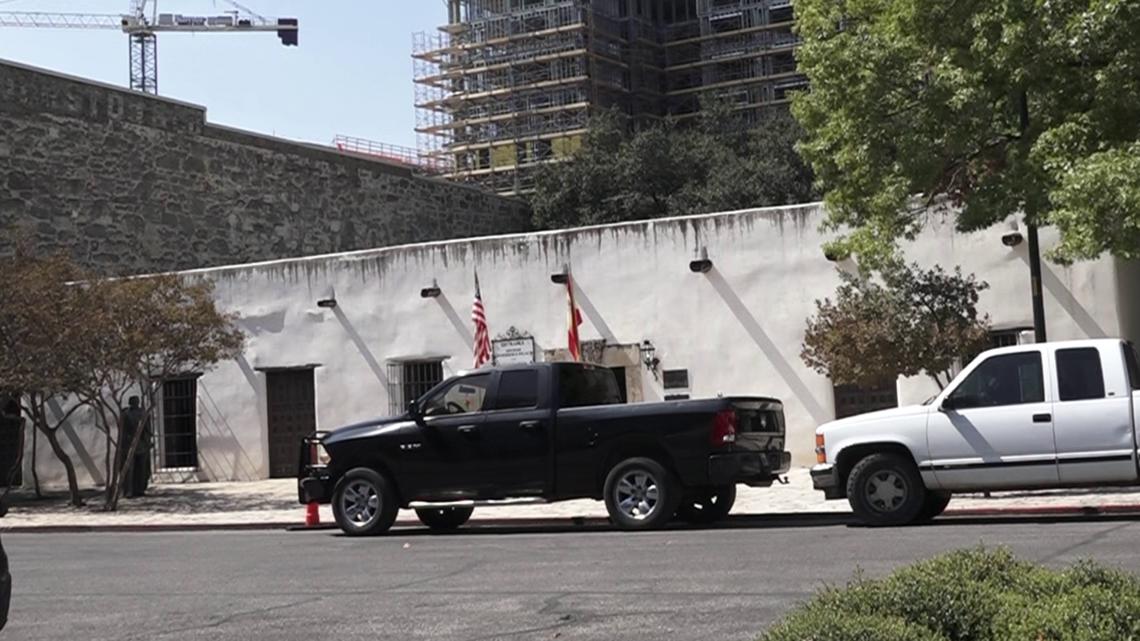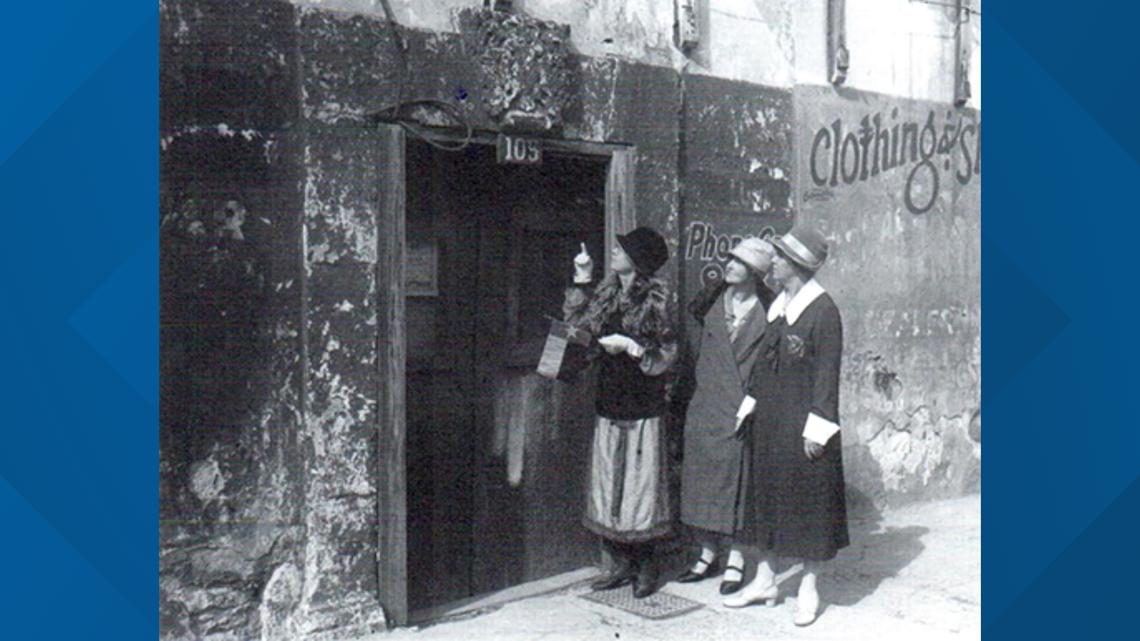About a mile away from the Alamo is the Spanish Governor’s Palace, the last visual remnants of the Presidio San Antonio de Bejar.
SAN ANTONIO — When most people think of historical San Antonio buildings, they might think of the thing San Antonio is most known for: The Alamo.
The city is called “The Alamo City” for a reason.
But what people might not realize is that San Antonio history is a whole lot more than just the Alamo.
About a mile away is another historic structure established around the same time.
“It is a component of what established the city of San Antonio,” said Colleen Swaim, director of the City of San Antonio’s World Heritage Office.
A structure historians call a palace.
“We’re standing in the Spanish Governor’s Palace,” Swaim said. “Which is actually the last remnants of the Presidio de Bejar and this is probably the original portion of the structure here that was established in 1722.”


“This is where the Spanish had their first permanent military presence in San Antonio. Dates back to the early 1700s, when Spain still claimed all of this territory,” said Charlotte Boord, the museum assistant.
“In that time, we didn’t have a downtown,” Swaim said. “It was very rustic, the frontier. Captain would have come with minimal belongings and also it would have been a live-work situation where he would have lived and worked here in this small space.”
Clearly, the now big space evolved from that small space.


And it has been through many phases before it became a historical palace.
“This structure has been and this series of rooms has been everything from a Santeria tire shop to a hole in the wall saloon. So it’s had quite a vibrant history.”
It was home to many people, including Adina de Zavala, one of the saviors of the Alamo.
“She was a preservationist, she started the [San Antonio] Conservation Society and the Texas Historical Association,” Swaim said.
Without De Zavala, the oldest structure in Downtown San Antonio might not still be standing.


“She came to the city and asked that this building be saved and the city purchased it,” Swaim said. “And in 1930, Harvey P. Smith, the same architect who worked on Mission San Jose, helped restore this facility and it was during a time of what we call ‘Spanish colonial revivalism.’ And so there was this nostalgic view.”
In 2010, the palace was restored, but a lot of the features were saved from 1930 to help the historical structure remain historical.
“I think there was a risk of losing and we had lost a couple of structures,” Swaim said. “And so this group of women came together that’s now known as the San Antonio Conservation Society and really made it a point to make sure that our history and culture was preserved.”
So while it’s not as iconic or recognizable as the Alamo, this structure, just a mile away, can definitely hold its own chapter in a San Antonio history book.
The Spanish Governor’s Palace is open Tuesday through Saturday from 9 a.m. to 5 p.m. and Sundays from 10 a.m. to 5 p.m.
To learn more about the palace, click here.
